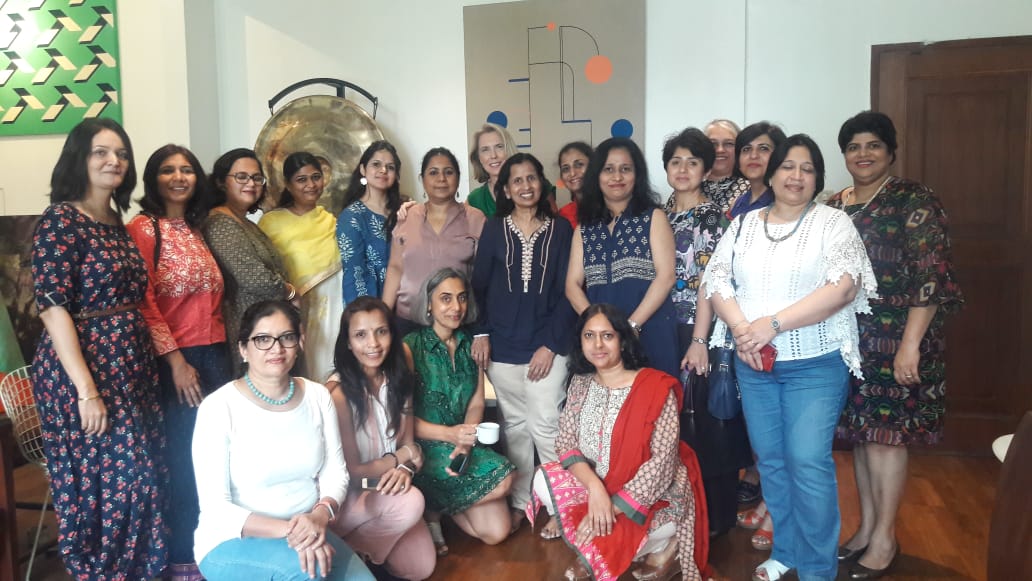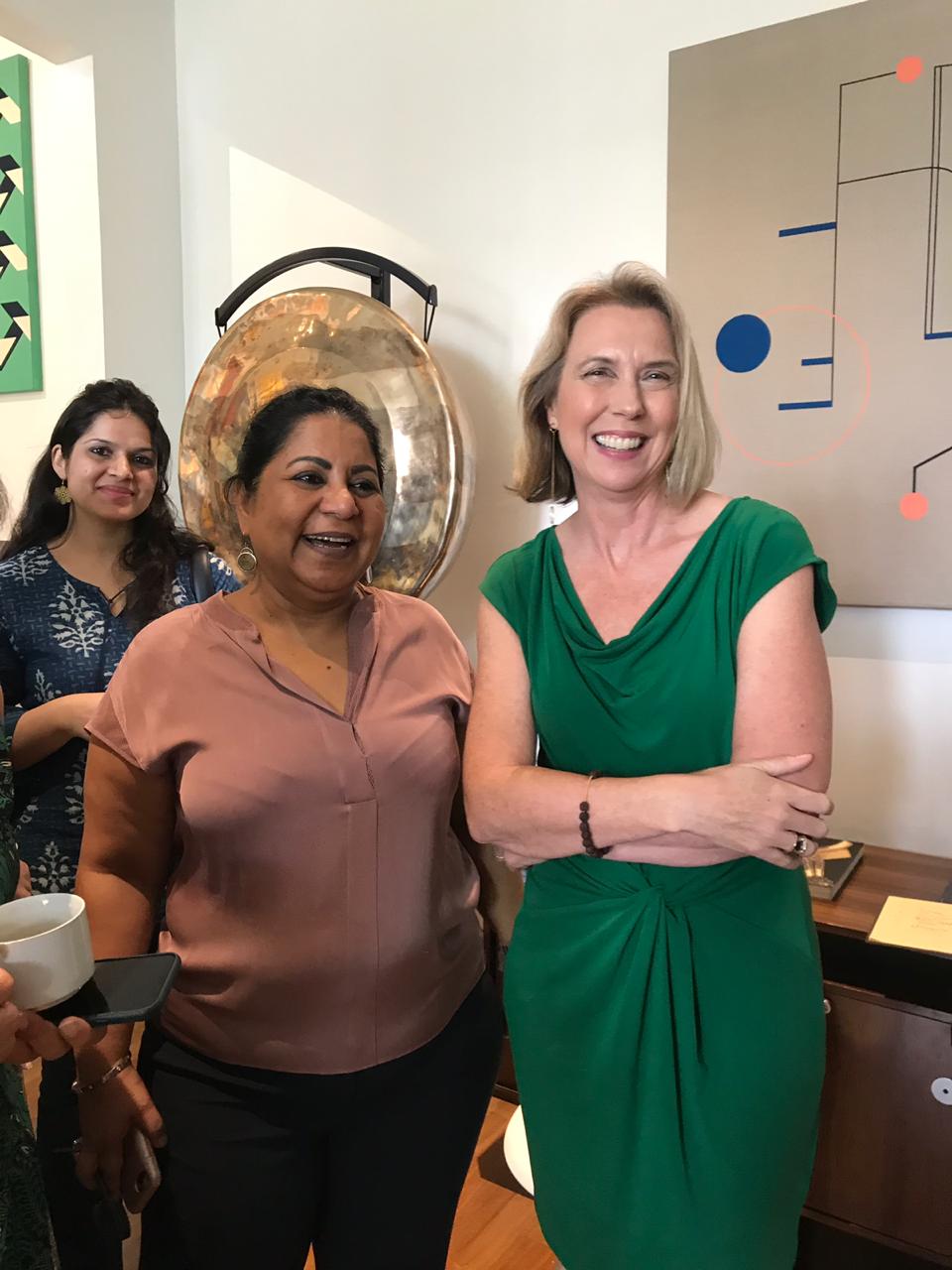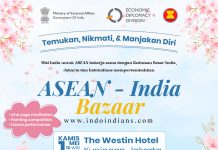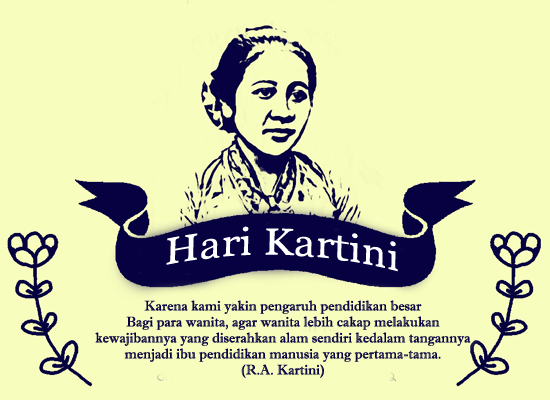On the 12th October 2018, the IndoIndians artists group attended the ‘Art Evaluation & Pricing Workshop’ with ceramic artist Arti Gidwani and art consultant & curator Deborah Iskandar.
Founder and Principal of ISA Art Advisory, Deborah Iskandar brings more than 20 years experience in art consultation and management expertise, previously heading both Sotheby’s and Christie’s Indonesia during her career before establishing ISA Art Advisory in 2013.
Arti Gidwani is a successful sculptor and clay jeweler maker with a penchant for the unusual and innovative.
Based on her experience, Deborah explained the motivation for art collecting and the two reasons: the car principle or the couch principle. For an art collector, the couch principle is a must. As soon as there is a couch in the house, then it is necessary that an artwork be hung above it so that it would not look too empty. The car principle is something different, in which she explains the benefits of buying artwork. Many people would not hesitate to buy expensive cars which would clearly depreciate, rather than increase in value over the years. Art pieces, on the other hand are far different as it can be an investment. The value of an art piece can stay the same or even increase in value.
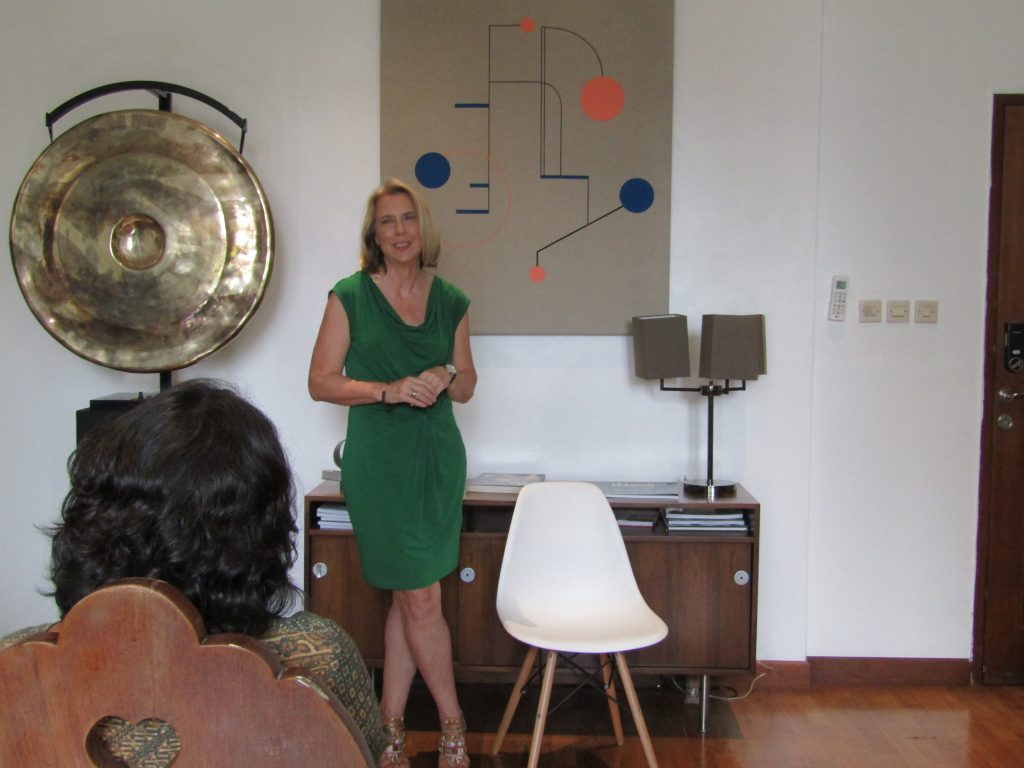
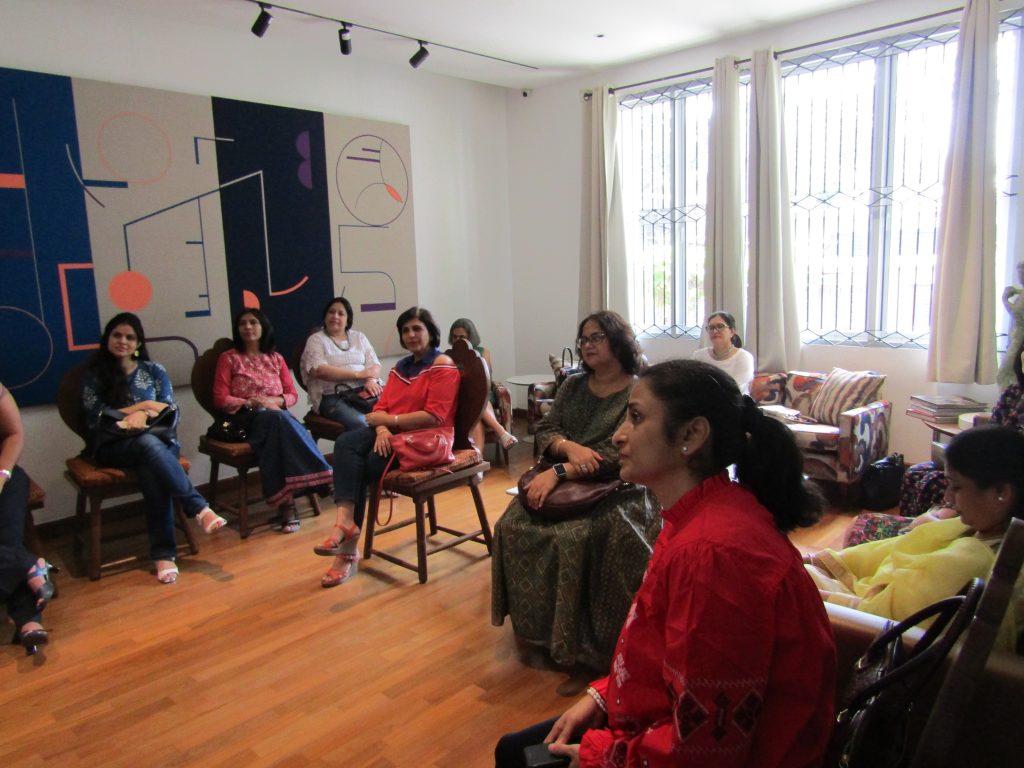
Developing an Artistic Taste & Style
Previously an investment banker, Deborah found her passion in the art world and began to take steps towards it. Her advice “The key to developing an artistic taste is going out and finding more about art. That way, you will be able to discern the quality. You may think a painting is unique, but it might not be. You have to have references why an artwork is nice or worthwhile”.
Road to Being an Artist
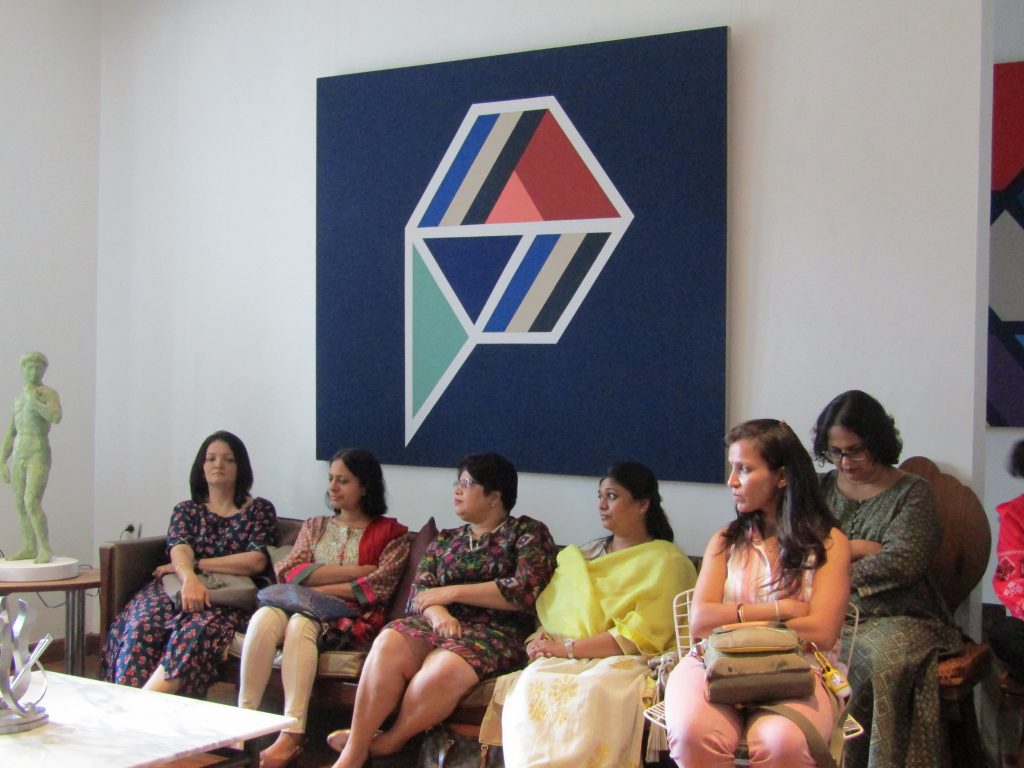
The road to becoming an artist is a long and arduous road. In their 20s to 30s, artists will be trying out different styles. After these years, they would probably start to have one or two exhibitions under your belt. They could then start to develop their own style, after 10 years of practice. Success would usually happen when they are aged 38-42.
Not only experience is needed to create a career in the art world as there are many things involved. “The key to being an artists is to develop your own style. An example is looking at a certain painting. When I look at a painting, I have to know immediately that it is your own work. It is a signature style that no one else has…However, it’s not just the execution. It’s also about the idea around the painting. You have to have an theory, and story to why you drew this painting. You have to have a story behind it. What compels you to create this artwork?”
A word of caution thrown in, “But when you do find a style, be careful about staying within the box. Because if you are consistent with your style for 40 years, then people will lose interest as you haven’t developed. Whether its theories, ideas or styles, you always have to keep changing.”
As many have known, creating an original art piece that is true to your style is something that is very difficult. Arti Gidwani added, “I don’t think there is anything original anymore. Everything has already been done. It’s how you take an idea and interpret it into your own. There are many different works that are similar, but you would know the difference when seeing an art piece by a certain artist. There is inspiration and there is copying. So get inspired.” Originality becomes something more difficult, especially with the emergence of the internet, where everything in history has been recorded.
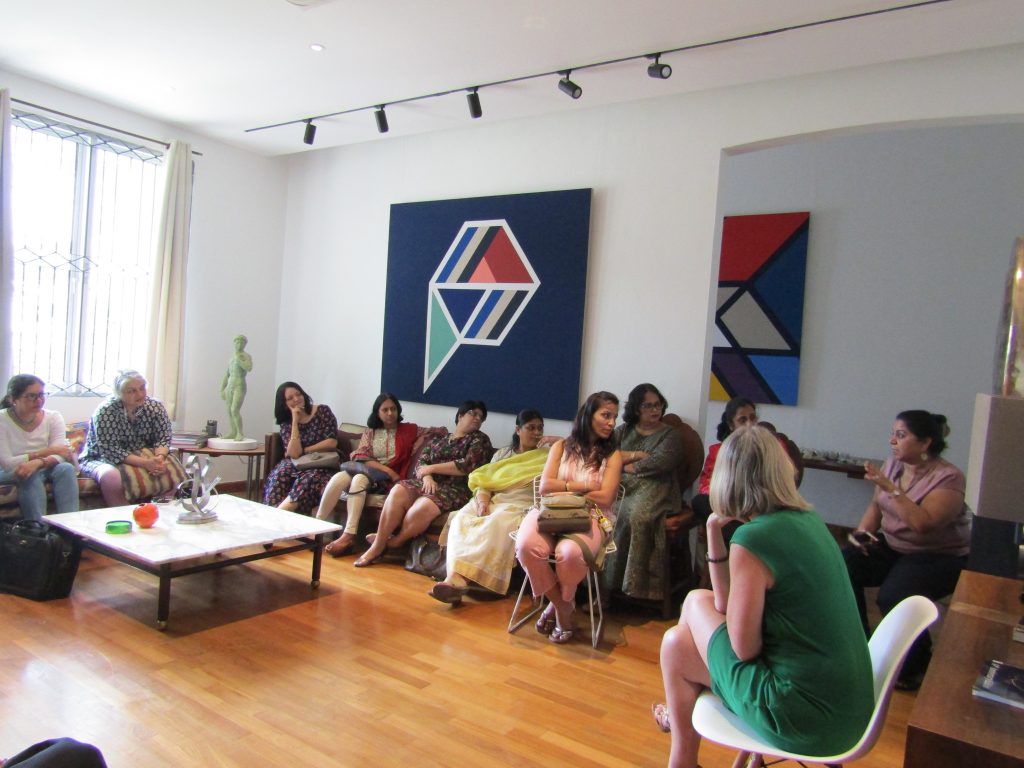
She further added, “Everything has been said and done. For example, words. Whatever you say, whatever idea- it has already been said before. The solution is to try to make the medium your own. You can look at different art pieces and take inspiration, but you will have to do it so that you will be able to show the abilities that you have. A strong mentality is also needed to become an artists, “when you want to be an artist, you have to be ready for constructive criticism. You should not be phased by statements like ‘this is not worth it’ or ‘this is not good’. Do not listen to that”.
Starting in the Art World
“For those who want to improve themselves artistically, then taking classes will be the way to go. Don’t just limit yourself to art classes-go to workshops, find art teachers that would help you. Try fully immersing yourself in the art world. Naturally, you will find people that share your taste and your style”, Deborah suggested.
As a ceramic artist, Arti shared her experiences. On her first exhibition, she invited a couple of friends to her show, each Ganesha priced at Rp 200, 000. Despite paying for the materials and the show with the sales of her art, all of her pieces sold out. It was from then on that she was able to adjust her prices. For new artists, Deborah also advises. “If you are a new artist, I would recommend you to sell it cheap. Because if all your pieces sold out, then people would think, ‘oh it sold out. It must be a good show.’ Next time, you can increase the prices by 10%. Maybe, you can even price it based on the materials cost.”
Deciding Prices
Another tip to deciding prices, in Deborah’s perspective, is to visit a friend’s exhibition. Look at the pieces that sell, then you will be able to accurately gauge the prices and sell your art pieces at that level. This is a much more accurate way of doing it, rather than going to famous and prestigious art galleries which will have sky-high pricing.
After a very interactive q&a session, some of the artists showed their artworks to Deborah for her suggestions on pricing and advice to further grow artistically and taking the right directions to fulfill their goals.
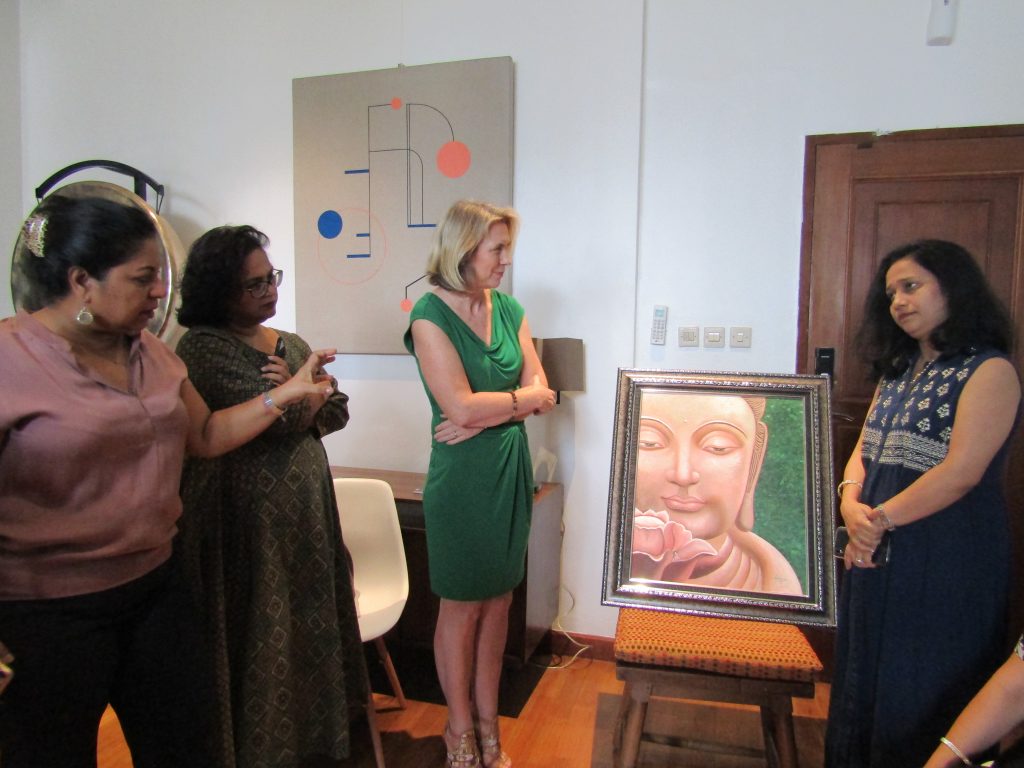
The session was followed by coffee and snacks over informal conversation. Overall a fun and productive workshop for all.

